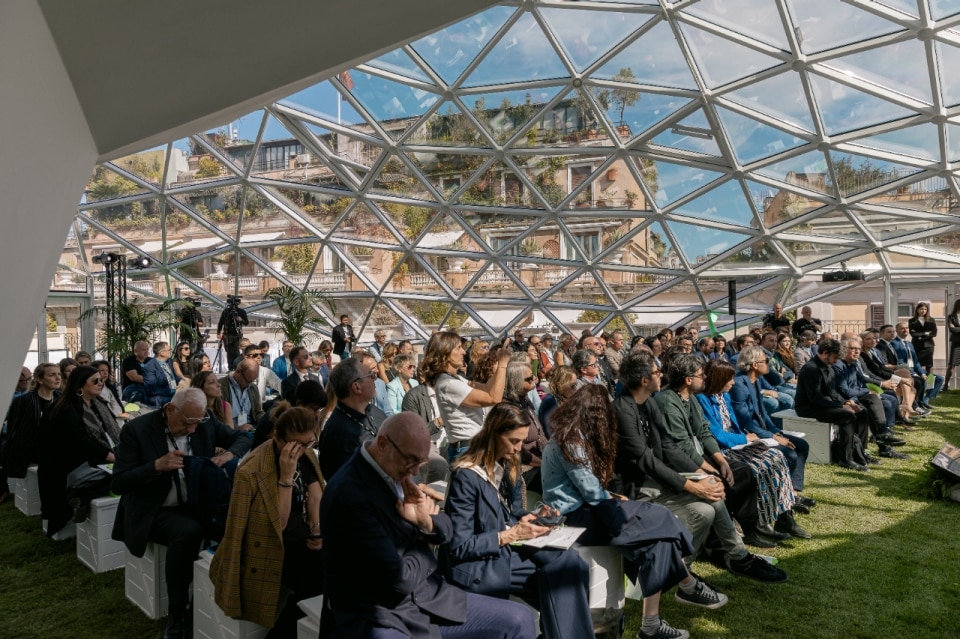In 2007, a documentary directed by Fabiano Maciel approached the architect's work through a more personal lens. Titled A Vida é um Sopro ["Life is a breath"], the film opens a window into the life of a man whose firm beliefs transpired into his work. Niemeyer's creative use of the curved line alongside an expert usage of reinforced concrete allowed for a unique architectural language that gave form to utopias, helped shape the image of Brazil and project it to the world. "I deliberately disregarded the right angle and rationalist architecture designed with ruler and square," Niemeyer stated in his 2000 memoir, "to boldly enter the world of curves and straight lines offered by reinforced concrete.… This deliberate protest arose from the environment in which I lived, with its white beaches, its huge mountains, its old baroque churches, and the beautiful suntanned women."
Among the many works published in Domus, below are gathered a few: a series on Brasília in 1966, photographed by Cesare Casati; the abandoned Tripoli fairgrounds, commissioned in 1966 and interrupted due to the civil war in Lebanon, photographed recently by Pelin Tan; his first project in Spain, the Centro Niemeyer in Avilés, Asturias; the Ravello Auditorium, photographed in 2010; and finally, an interview with Atto Belloli Ardessi in 2009.
Opening photograph by Tuca Vieira


Osmos: the new life of concrete
Presented at Cersaie 2025, Ceramiche Refin’s collection transforms architecture’s most essential material into an expressive surface, where the traces of time and nature intertwine in a refined material narrative.












